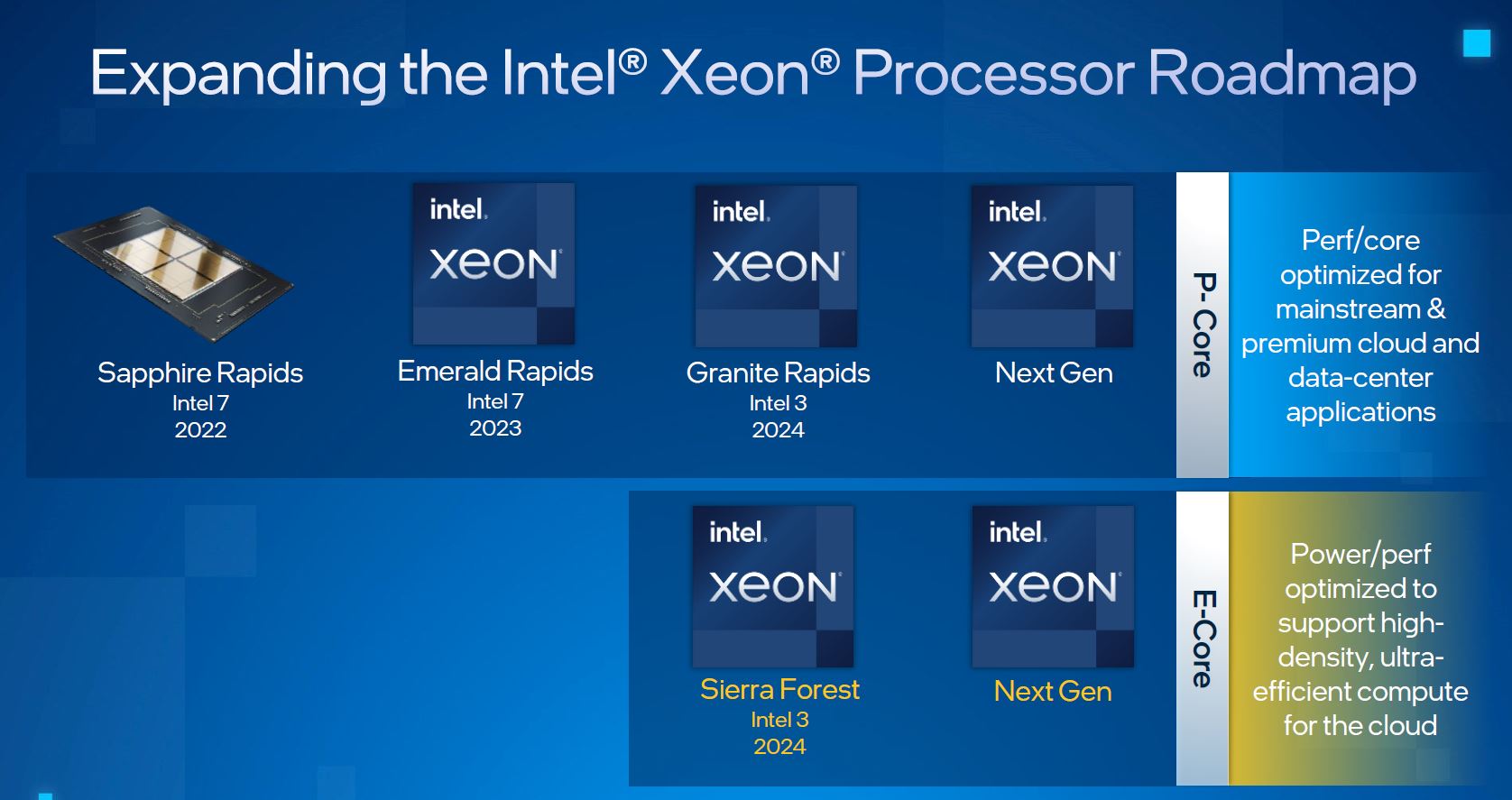Chiplet:
(689 functional chiplets / wafer) * (1 CPU / 5 chiplets) = 137.8 CPUs/wafer assuming perfect assembly yield. Round down to 135 just to accept some assembly losses. ($15,000 / wafer) / (135 CPUs / wafer) = $111.11 / CPU. Although, I think you should do it with 88 mm^2 chiplets instead due to some area wasted when you use chiplets.
Monolith:
($15,000 / wafer) / (93 CPUs / wafer) = $161.18 / CPU
That $50/CPU price difference is massive if you are selling $200 desktop chips. It is probably the difference between a big profit and breaking even. $50 is barely noticeable if you are selling $5,000 server CPUs. More important is the total chips you can make. If you are production capped (meaning you can't produce any more than you already are) then lower yields mean you can't sell as many server CPUs, then your loss is way more than the minimal difference in chip production costs. If the market wants thousands of them, and you can only make 93 at a time, then you aren't fulfilling your profit potential. But if you can manufacture 135 in the same time period, then your profit potential skyrockets.
If anyone knows assembled wafer prices better, then I'd be glad to update this post.










